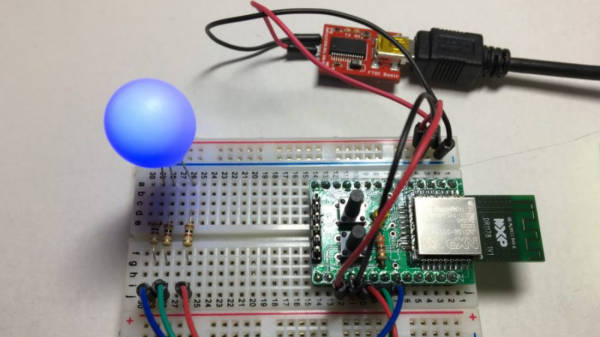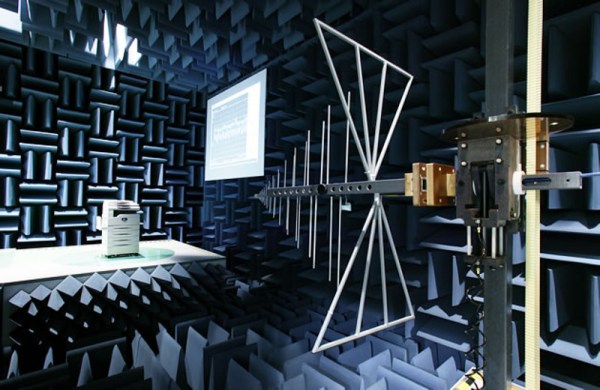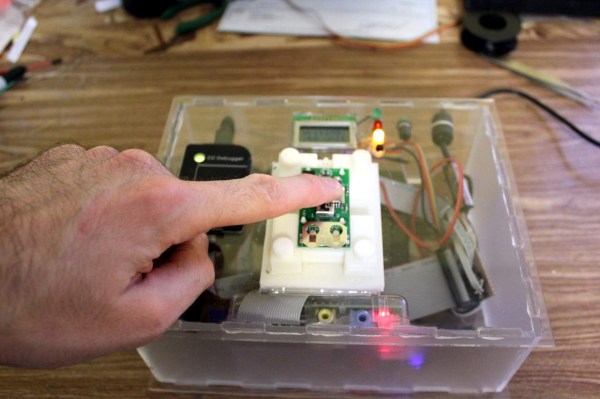The Internet of Things and Home Automation are the next big thing, even though we’ve had X10 switches and controllers for forty years. Why the sudden interest in home automation? Cheap microcontrollers with WiFi, ZigBee, and Z-wave, apparently. For this Hackaday Prize entry, [Knudt] is building a WiFi switch, meant to be retrofitted into any Euro wall switch.
There are three parts of [Knudt]’s WiFi wall switch, each of them with different requirements. The top layer is the switch itself and a small OLED display. These switches are really two small capacitive switches, which means there’s no reason to go through the work of sourcing a proper mechanical switch. Good thinking, there. The second layer of this contraption is basically an ESP8266, providing all the logic for this wall switch. The bottom layer is a bit more interesting, housing the 110-230V input, with a Triac or relay. This is where the fun, burny stuff happens.
Right now, you can go down to your local home supply store and simply buy a device like this. History has shown that’s a terrible idea. With home automation cloud services shutting down and security vulnerabilities abound, a DIY or Open Source home automation project really is the best idea. That makes [Knudt]’s project a great entry for the Hackaday Prize.






















